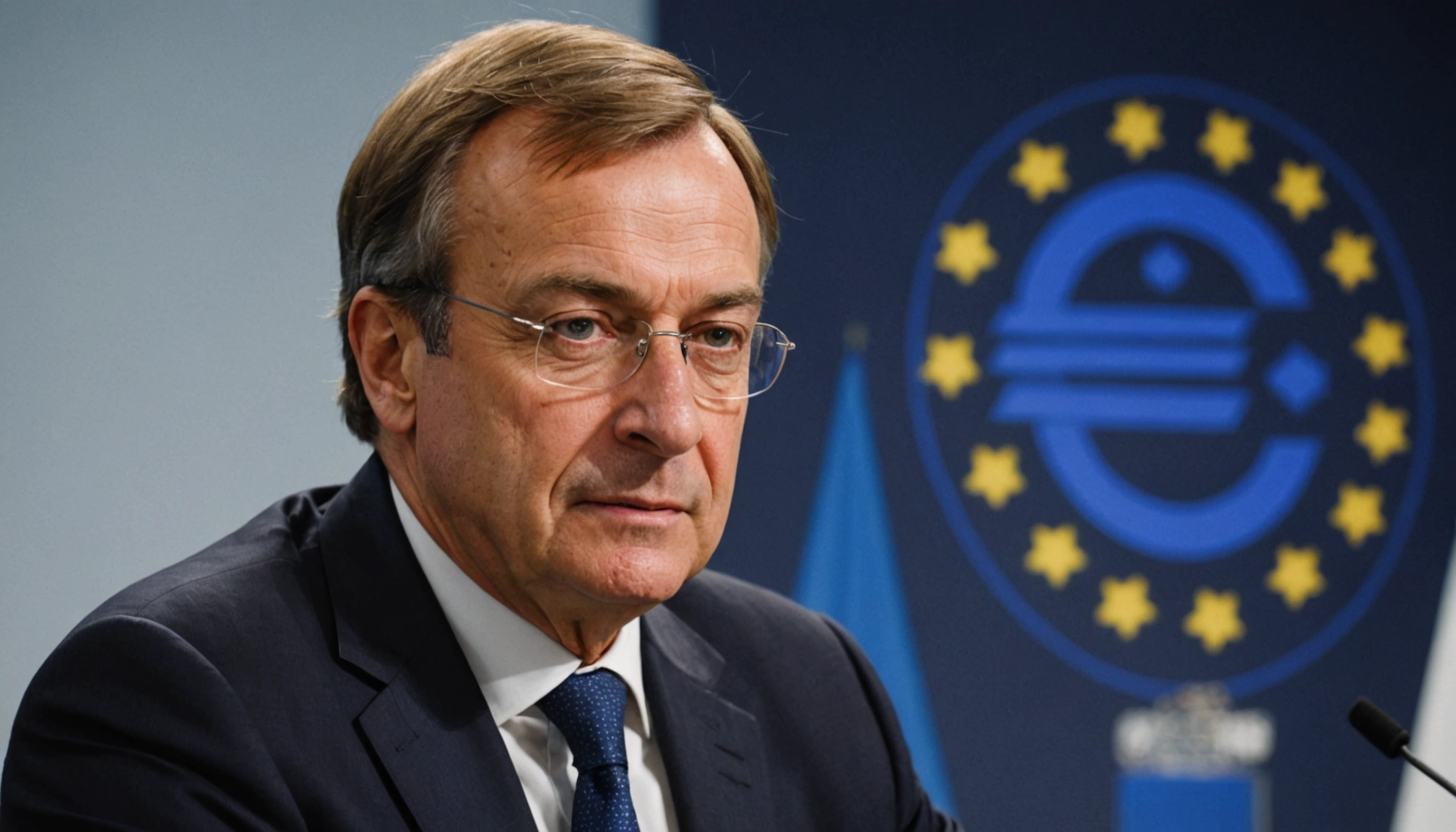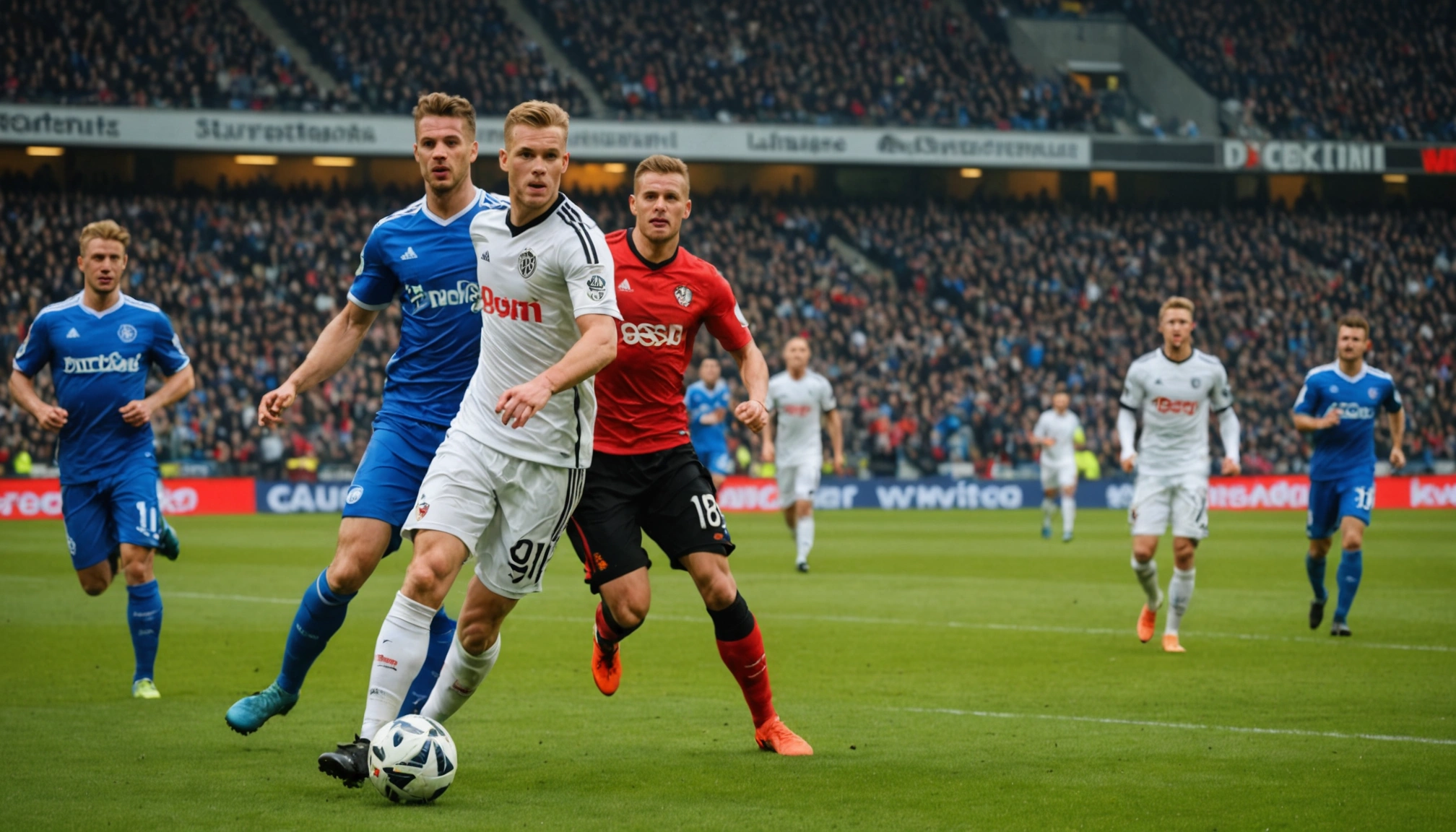ECB Signals Potential End to Rate Cuts After Bringing Key Interest Rate Down to 2%

Frankfurt – The European Central Bank (ECB) has hinted at a possible pause in its cycle of interest rate cuts after reducing its key interest rate to 2% on Thursday, June 5, 2025. This move, the eighth since June 2024, comes as eurozone inflation edges closer to the ECB's 2% target, but concerns remain about economic growth amid global trade tensions.
Rate Cut Details and Rationale
The ECB's Governing Council decided to lower the three key ECB interest rates by 25 basis points. Effective June 11, 2025, the interest rates on the deposit facility, the main refinancing operations, and the marginal lending facility will be decreased to 2.00%, 2.15%, and 2.40%, respectively.
The decision to lower the deposit facility rate, the rate through which the Governing Council steers monetary policy, is based on its updated assessment of the inflation outlook, the dynamics of underlying inflation, and the strength of monetary policy transmission.
Inflation близко to Target
Eurozone annual inflation is expected to be 1.9% in May 2025, down from 2.2% in April, according to a flash estimate from Eurostat. This marks the first time since September 2024 that inflation has fallen below the ECB's 2% target. The May figure reflects a general trend of easing inflation across the eurozone.
Specifically, Germany's inflation rate is estimated at 2.1% in May, a slight decrease from 2.2% in April. France has maintained a stable inflation rate of 0.6% for three consecutive months, suggesting subdued price pressure. Italy's inflation rate eased to 2.0% in April from 2.1% in March, while Spain decreased from 2.2% in April to 1.9% in May. The Netherlands witnessed a sharp decline from 4.4% in April to 3.3% in May, though it remains above the eurozone inflation target.
Looking at the main components of euro area inflation, food, alcohol & tobacco is expected to have the highest annual rate in May (3.3%, compared with 3.0% in April), followed by services (3.2%, compared with 4.0% in April), non-energy industrial goods (0.6%, stable compared with April) and energy (-3.6%, stable compared with April).
Economic Growth Concerns
Despite the progress on inflation, the ECB remains cautious about economic growth. The Eurozone economy grew a modest 0.2% in the last three months of 2024. ECB staff project real GDP growth averaging 0.9% in 2025, 1.1% in 2026 and 1.3% in 2027. The unrevised growth projection for 2025 reflects a stronger than expected first quarter combined with weaker prospects for the remainder of the year.
Uncertainty surrounding trade policies is expected to weigh on business investment and exports, especially in the short term. Rising government investment in defense and infrastructure will increasingly support growth over the medium term. Higher real incomes and a robust labor market will allow households to spend more.
Trade Tensions and Global Uncertainty
Global trade tensions, particularly those involving the United States, continue to pose a risk to the Eurozone economy. Increased uncertainty is likely to reduce confidence among households and firms, and the adverse and volatile market response to the trade tensions is likely to have a tightening impact on financing conditions.
Economists are concerned that higher costs resulting from tariffs will weigh on business activity and lead to slower growth or even a recession. The U.S. is Europe's largest trade partner, with some 4.4 billion euros ($5 billion) in goods and services crossing the Atlantic every day in both directions.
Future Policy Path
The ECB has adopted a cautious approach to monetary policy, reflecting heightened uncertainty driven by global trade tensions and a shifting macroeconomic environment. The central bank has maintained a data-dependent approach, and its recent decision to remove references to restrictive monetary policy suggests a shift toward a less contractionary stance.
Current market expectations indicate roughly 50 basis points of additional rates cuts for the remainder of 2025. However, sluggish economic growth amidst a backdrop of persistent EU-US trade tensions could alter this trajectory and embolden the ECB into aggressive monetary easing to support domestic growth.
Several members of the ECB governing council have said that we should reach this interest rate level by summer.
Market Reaction and Expert Opinions
Market pricing is shifting on the possibility of a pause in rate cuts in July. Investors will be closely watching for any changes in forward guidance, as there is a strong possibility the ECB may pause rate cuts in July and reassess the situation after summer, especially to better gauge the impact of new US tariffs on the Eurozone economy and inflation, alongside the ECB's updated staff projections.
Economists suggest that cooling wage growth and mounting downside risks to activity will keep the ECB in easing mode, yet at 2% policy rate is broadly neutral. The governing council will therefore dial back the pace to one 25 basis point cut per quarter through 2025, taking the deposit rate to 1.5 % by year-end.
Conclusion
The ECB's decision to cut interest rates reflects its commitment to achieving its 2% inflation target while navigating a complex economic landscape. While inflation is nearing the target, concerns about economic growth and global trade tensions remain. The ECB will continue to monitor the situation closely and adjust its monetary policy as needed, taking a data-dependent and meeting-by-meeting approach. The next European Central Bank (ECB) interest rate decision is due on Thursday, July 24, 2025.
Related Articles

Indian Author and Translator Win International Booker Prize for Short Story Collection 'Heart Lamp'

